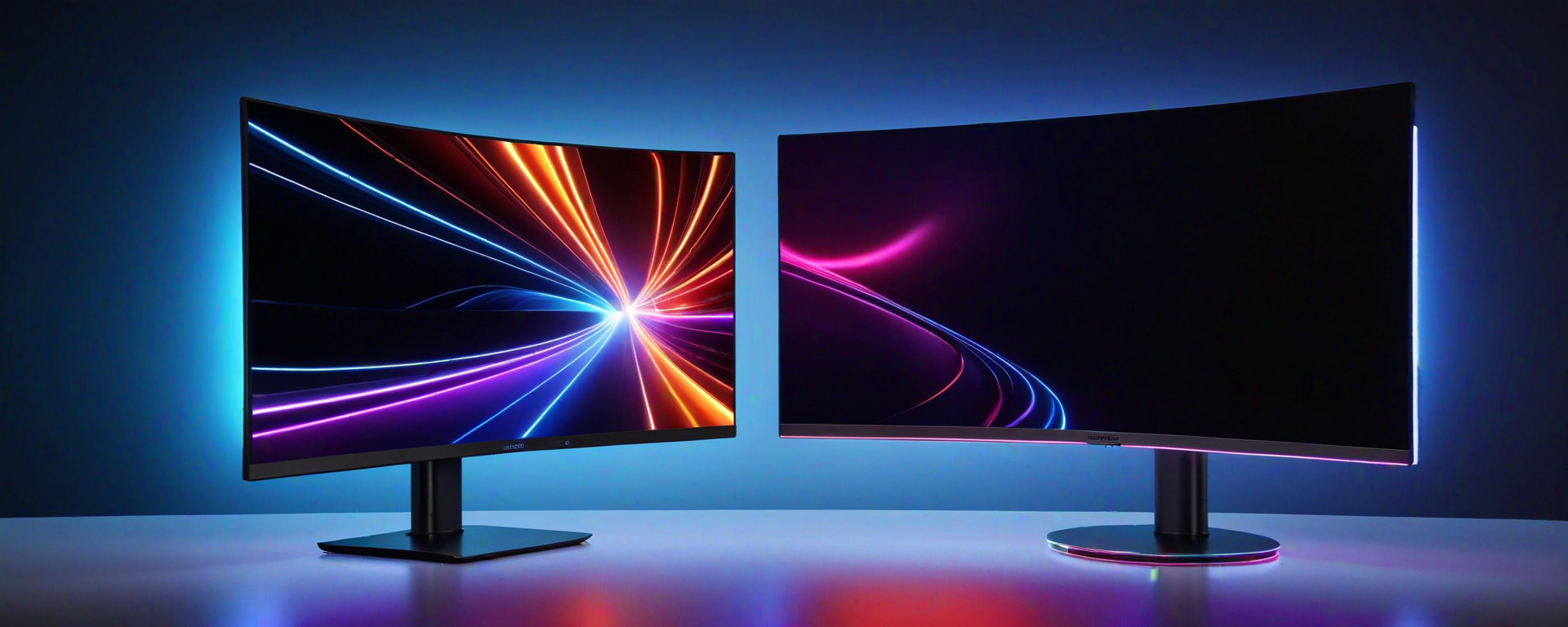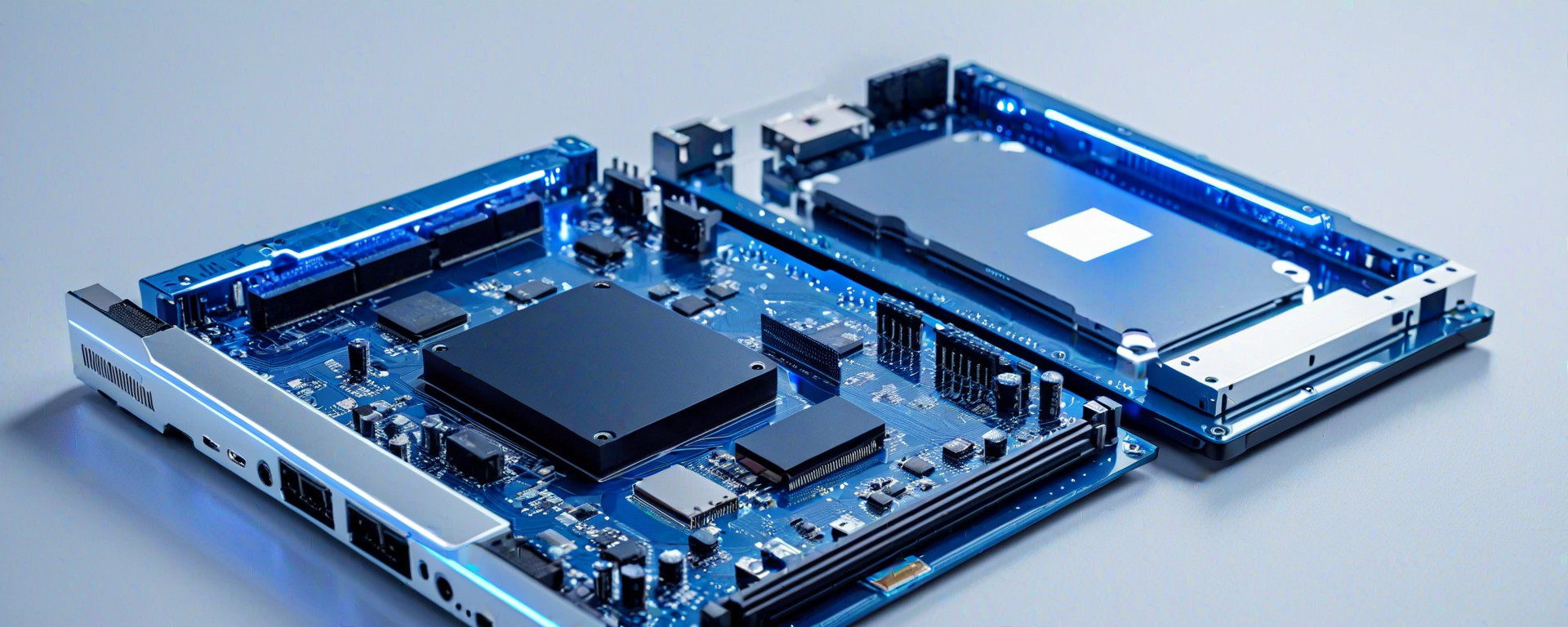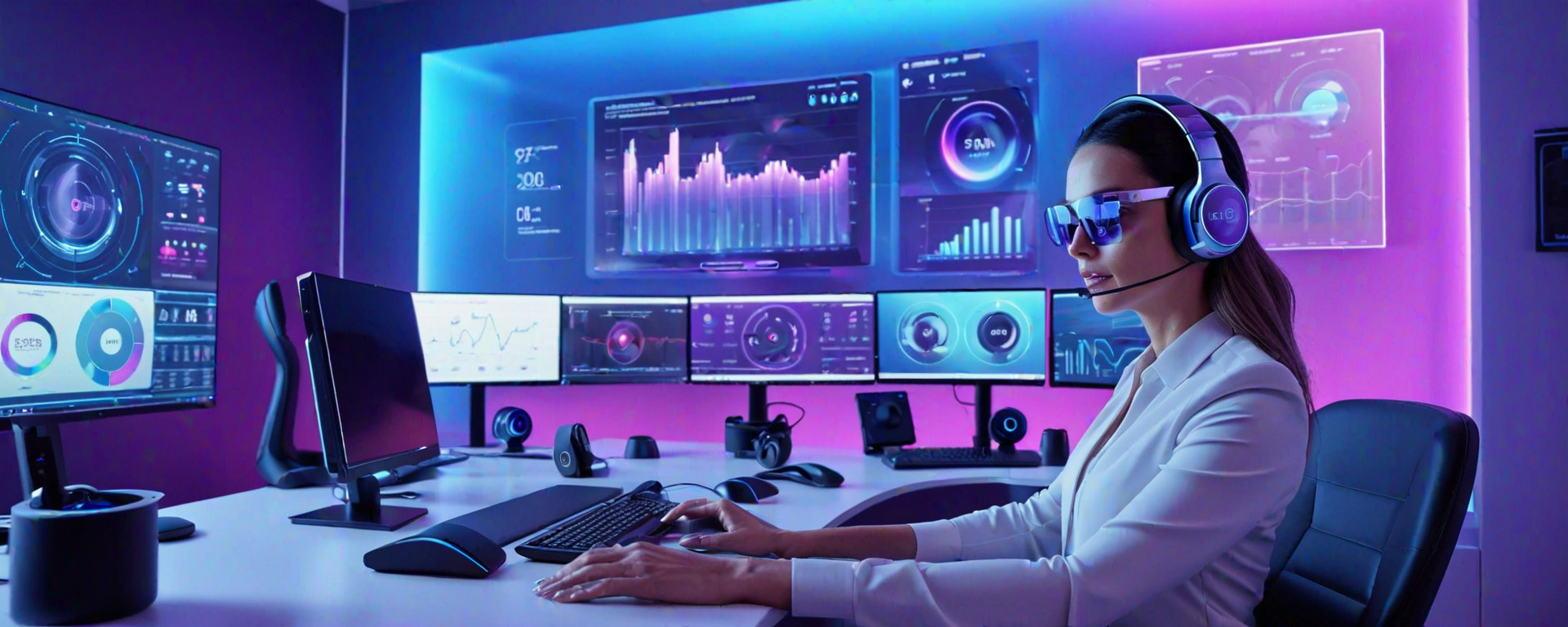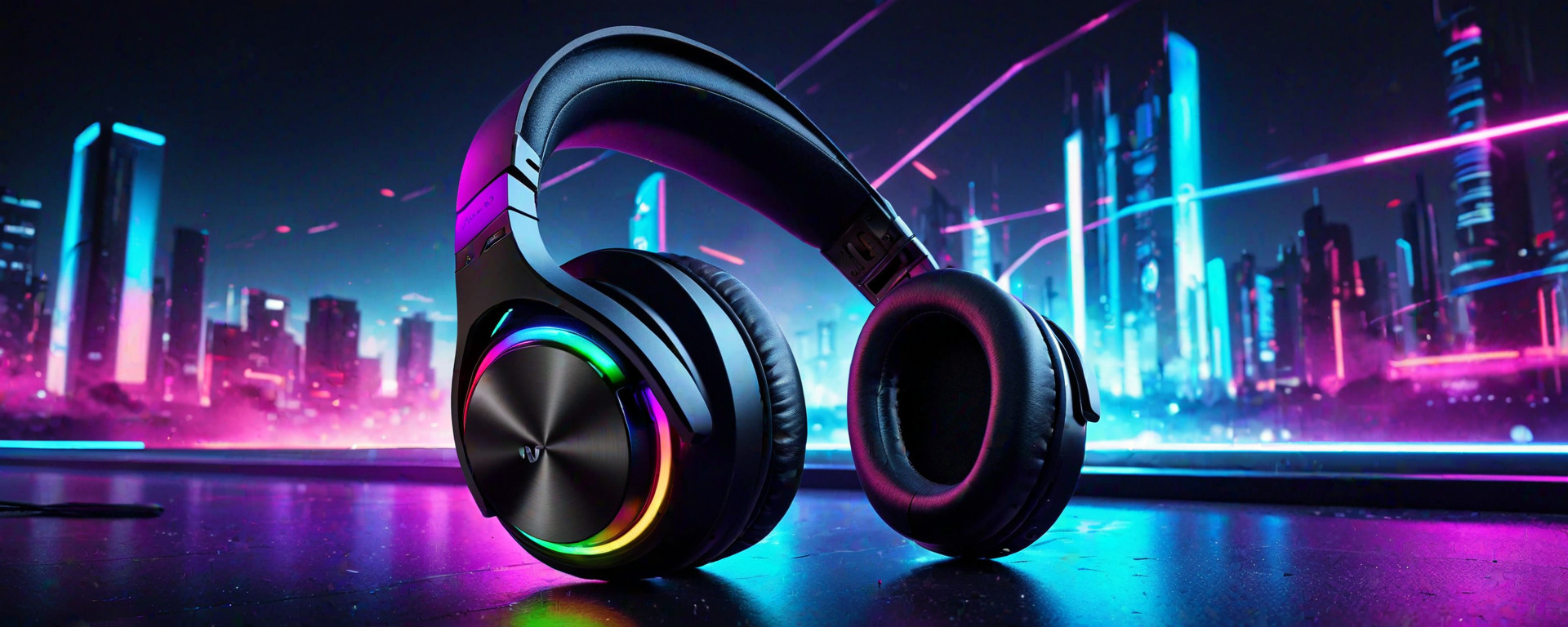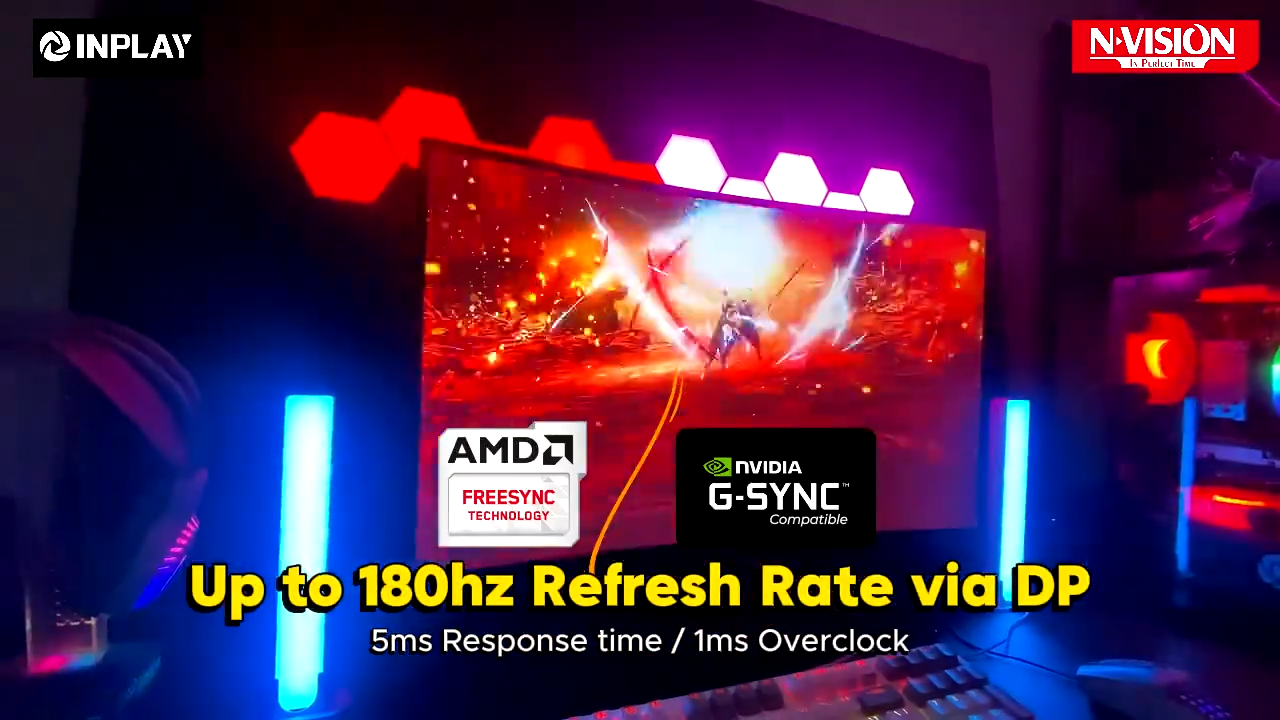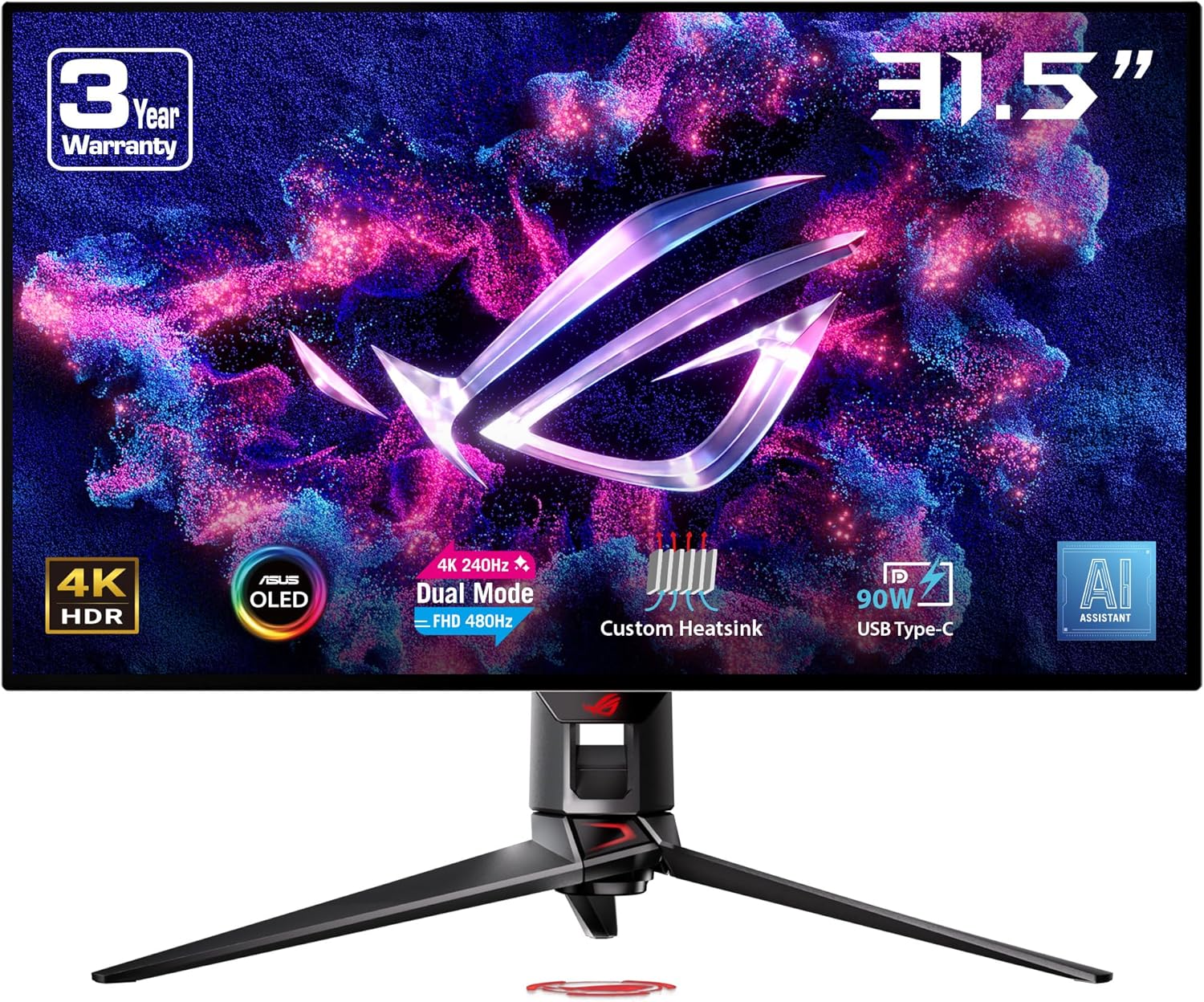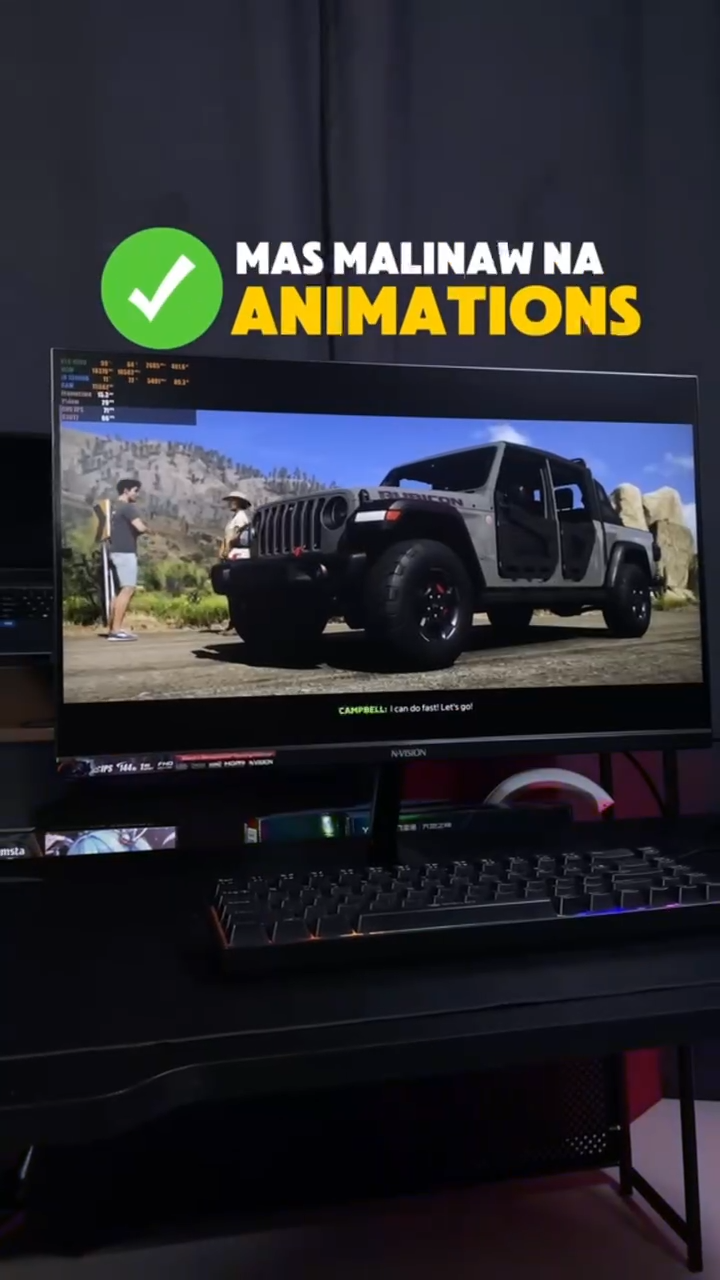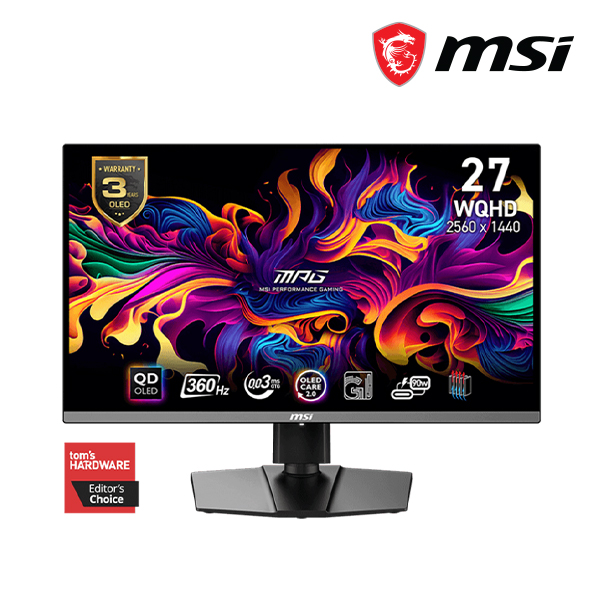Introduction to Monitor Form Factors
The evolution of computer monitors has seen significant advancements over the years, with two prominent form factors currently dominating the market: curved and flat displays. While both types offer unique benefits and drawbacks, understanding their differences is crucial for users seeking optimal visual experiences tailored to their needs.
Curved monitors have gained popularity in recent years due to their immersive viewing angles and eye-catching design, while traditional flat monitors remain a staple in the market with their straightforward form and broad compatibility. This article delves into the technical specifications, performance benchmarks, real-world usage scenarios, health considerations, and price points associated with both monitor types.
Brief History of Monitor Development
The history of monitors begins with cathode ray tube (CRT) displays, which dominated from the mid-20th century until the early 21st. Flat panel technology emerged in the late 1980s with Liquid Crystal Display (LCD), followed by Light Emitting Diode (LED) and Organic LED (OLED) technologies in the 2000s.
Explanation of Curved vs. Flat Monitors
A curved monitor features a screen that gently curves towards the viewer, whereas flat monitors have a straight edge from top to bottom. The curvature ranges typically between 1500R and 4000R, where R denotes the radius of curvature.
Importance of Form Factor in User Experience
The choice between curved and flat monitors significantly influences user experience, especially concerning immersion, ergonomics, and visual clarity. Curved screens are ideal for gaming and entertainment due to their immersive qualities, while flat monitors excel in professional environments with precise pixel accuracy.
Technical Specifications and Design Differences
| Curved Monitors | Flat Monitors | |
|---|---|---|
| Radii of Curvature (R) | 1500R to 4000R | - |
| Aspect Ratio | Commonly 21:9 or 32:9 | Typically 16:9, but also available in various formats including ultrawide (21:9) |
| Brightness and Contrast Ratios | Vary widely; common ranges are 300-500 nits for brightness and 1000:1 to infinity contrast ratios | Similar ranges as curved monitors, but often optimized for color accuracy in professional settings |
| Response Time (ms) | Average response times of around 4 ms to 5 ms | Average response times ranging from 1 ms to 20+ ms, with some ultra-fast models reaching under 1 ms |
Design Differences and Aesthetics
The aesthetic appeal of curved monitors often includes a sleek design that complements modern decor. Flat monitors tend to have a more traditional appearance, though they can also be designed with minimalist aesthetics.
Ergonomic Considerations for Curved Monitors vs. Flat Monitors
Curved monitors are positioned closer to the user at their edges compared to flat screens, which can reduce eye strain by creating a more natural viewing angle and reducing peripheral distractions.
| Curved Monitors | Flat Monitors | |
|---|---|---|
| User Comfort | Eases visual strain and enhances immersion, ideal for gaming and entertainment purposes. | Suitable for prolonged use in professional settings requiring precise pixel accuracy. |
Visual Clarity: Flat vs. Curved Monitors
Flat monitors offer a more uniform image quality across the entire screen, whereas curved displays can introduce a slight distortion at the edges due to their shape.
Suitability for Different Use Cases
| Curved Monitors | Flat Monitors | |
|---|---|---|
| Gaming and Entertainment | Superior for immersive gaming experiences due to wider field of view. | Suitable but less immersive; better suited for competitive gaming requiring precise timing. |
| Multitasking and Productivity | Adequate for multitasking, but not as ideal as flat monitors due to potential edge distortion. | Superior for multitasking with multiple windows open simultaneously; excellent for productivity. |
Benchmarking and Performance Analysis
Curved monitors are generally more expensive than their flat counterparts, often due to the additional manufacturing costs associated with curvature. Flat monitors offer a wider range of price points, catering to both budget-conscious users and high-end professional needs.
| Curved Monitors | Flat Monitors | |
|---|---|---|
| Price Range (USD) | $100 - $2000+ | $50 - $3000+ |
Real-World Usage Scenarios
In professional settings, flat monitors are preferred for their clarity and precision. For gaming enthusiasts, curved monitors provide an unparalleled level of immersion.
Common Applications for Both Monitor Types
| Curved Monitors | Flat Monitors | |
|---|---|---|
| Gaming and Multimedia Consumption | Excellent for gaming, streaming videos, and immersive media consumption. | Adequate but less immersive; suitable for general use and competitive gaming. |
| Graphic Design and CAD Work | Less ideal due to potential image distortion at the edges. | Superior clarity and precision make them highly suitable for detailed work in these fields. |
Evaluation of Additional Features: Curved vs. Flat Monitors
Curved monitors often come with additional features such as built-in speakers, ergonomic stands, and connectivity options like HDMI, DisplayPort, USB-C, Thunderbolt.
Connectivity Options
| Curved Monitors | Flat Monitors | |
|---|---|---|
| VGA, DVI, HDMI | Adequate support with newer models supporting USB-C and Thunderbolt. | Similar but often with fewer connectivity options as they cater to a broader range of users. |
Future Prospects: Curved vs. Flat Monitors
The future may see advancements in both curved and flat monitor technologies, including higher refresh rates, better contrast ratios, and improved LED backlighting.
Predictions for the Next Generation of Displays
| Curved Monitors | Flat Monitors | |
|---|---|---|
| Trends in Technology | Increase in OLED and QLED technology adoption. | Growth in mini-LED and micro-LED technologies for improved brightness and contrast. |
Conclusion: Curved Monitors vs. Flat Monitors
The choice between curved and flat monitors ultimately depends on personal preference, use case requirements, and budget constraints.
Recommendations Based on Analysis
If you prioritize visual immersion for gaming or multimedia consumption, a curved monitor might be the better option. For professional applications requiring precision and clarity, a flat monitor is likely to be more suitable.
Final Thoughts: Curved Monitors vs. Flat Monitors
The debate between curved and flat monitors will continue as technology advances, but both have their unique advantages that cater to specific user needs.
